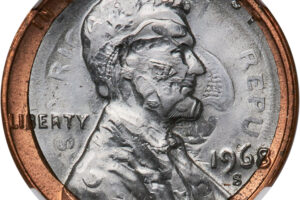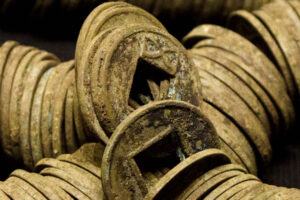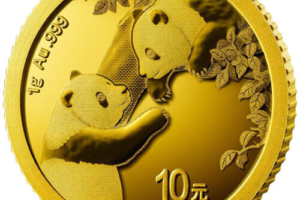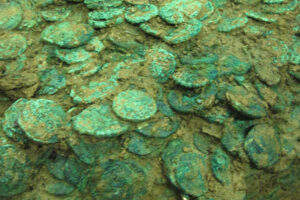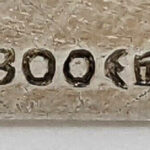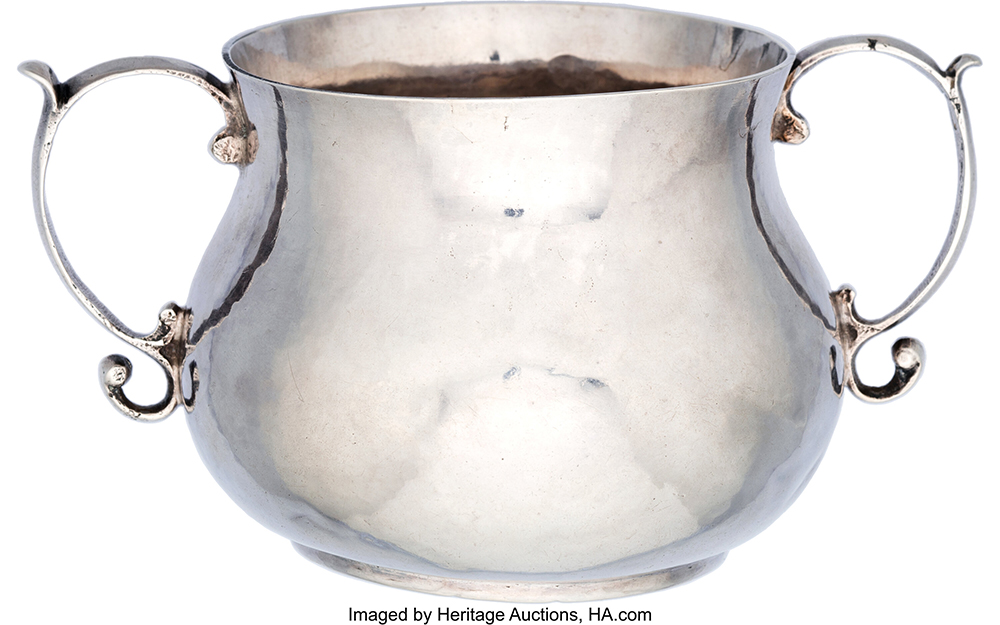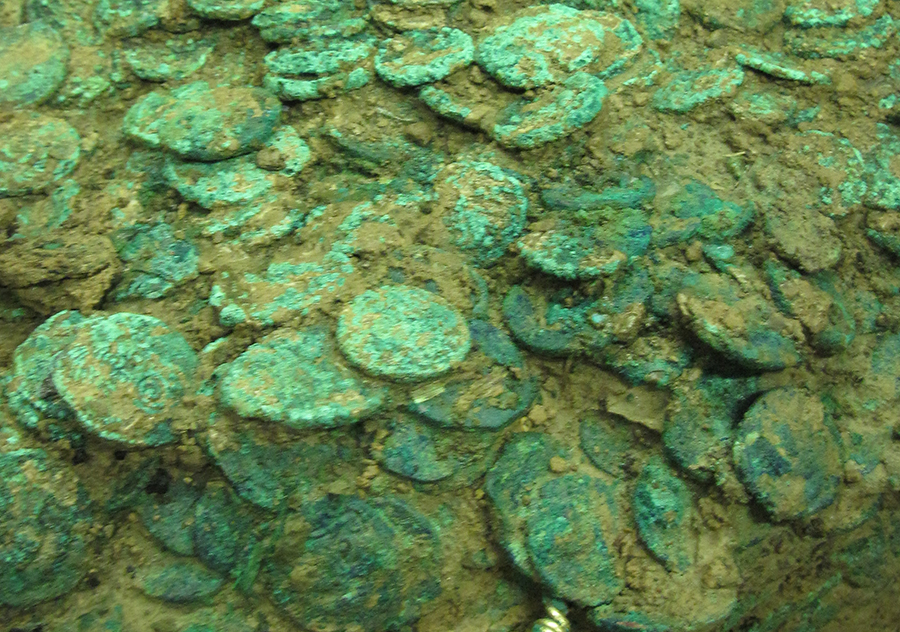950 silver is a silver alloy that contains 95% pure silver and 5% other metals, typically copper. The “950” in its name represents the proportion of pure silver per 1,000 parts of the alloy. This composition provides a balance between the beauty of pure silver and the durability of other metals, resulting in a more robust and tarnish-resistant material.
950 Silver and Its Many Uses

Due to its versatile nature, this type of silver is used in various applications, such as:
- Jewelry: Rings, necklaces, bracelets, earrings, and other types of jewelry often used because of its durability and attractive appearance.
- Tableware: Silverware, trays, and serving dishes made from this silver alloy offer a beautiful and long-lasting alternative to regular silver or stainless steel utensils.
- Decorative Items: Picture frames, vases, candlesticks, and other ornamental items can be made from 95% silver, adding a touch of elegance and sophistication to any space.

Why is 950 Silver Chosen Over Alternatives?
There are several reasons why this grade of silver is preferred over other alternatives:
- Durability: Compared to pure silver (99.9% silver), .95 silver is more durable due to the addition of copper or other metals. This increased strength makes it more suitable for daily wear and use.
- Tarnish Resistance: The alloy composition of 95% helps reduce tarnishing, maintaining its shine and appearance over time.
- Price: less expensive than pure silver, making it a more cost-effective option for consumers.
- Aesthetic Appeal: The lustrous shine and color of .950 alloy closely resemble pure silver, making it a popular choice for those who want a high-quality appearance without the drawbacks of pure silver.
History and Popularity

Although the exact origin of 950 silver is unclear, its use can be traced back centuries. Silver alloys, including this one, have been used for thousands of years to create more durable and practical items. In more recent times, it has gained popularity, particularly in the jewelry industry, as it offers an excellent balance between purity and practicality.
Where to Find 950 Silver Items
Best places to find:
- Jewelry Stores: Many reputable jewelry stores carry a wide range of items, including rings, necklaces, bracelets, and earrings.
- Antique Shops: Antique shops often have a variety of vintage items, such as tableware and decorative pieces.
- Online Retailers: Online platforms like Etsy, eBay, and Amazon offer a vast selection of 950 silver items from various sellers.
Identifying Genuine Silver Markings




To ensure you are purchasing a genuine 950 silver item, look for specific markings or stamps on the piece:
- “950” or “0.950”: These markings indicate that the item is made from 950 silver, with 95% pure silver content.
- Hallmarks: Some countries have specific hallmarks that indicate the purity of silver, such as the French Minerva or the British lion passant. Familiarize
What is the difference between 925 and 950 silver?

The difference between 925 and 950 lies in the silver content and composition of the alloys. Both are silver alloys, but they have different proportions of pure silver and other metals:
- 925 Silver: Also known as sterling silver, 925 silver is made up of 92.5% pure silver and 7.5% other metals, typically copper. The “925” indicates that there are 925 parts of pure silver per 1,000 parts of the alloy. Sterling silver is widely used in jewelry, tableware, and decorative items due to its durability, tarnish resistance, and affordability.
- 950 Silver: As previously mentioned, silver is an alloy consisting of 95% pure silver and 5% other metals, usually copper. The “.950” signifies that there are 950 parts of pure silver per 1,000 parts of the alloy. 950 silver is slightly softer and more malleable than 925 silver, but it has a higher silver content, which makes it more valuable and desirable for some applications.
So basically the primary difference between .925 and .950 silver is the silver content, with 950 silver having a higher percentage of pure silver. This difference affects their properties, such as durability, malleability, and value, but both types of silver are popular choices for jewelry, tableware, and decorative items.

